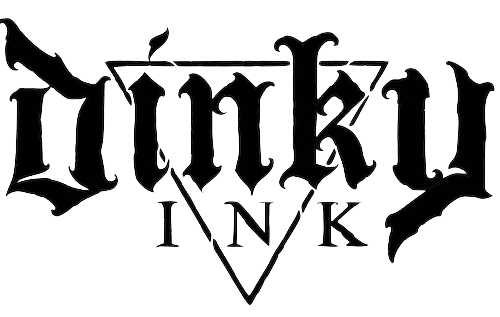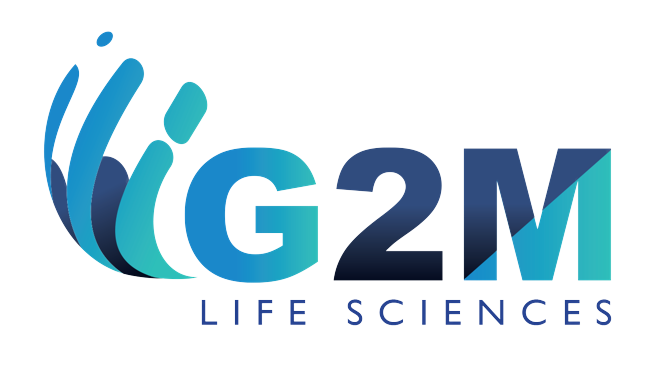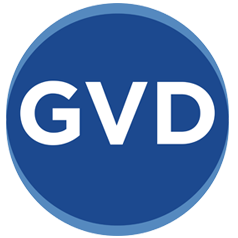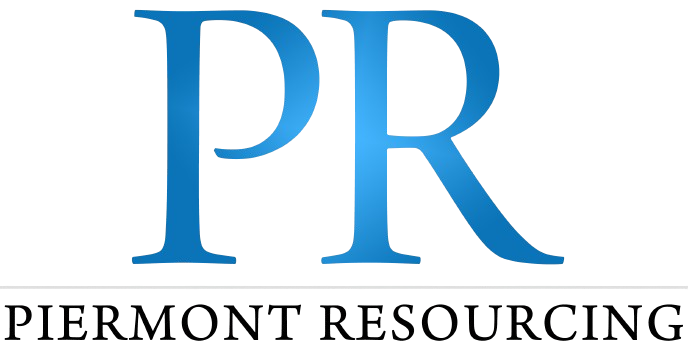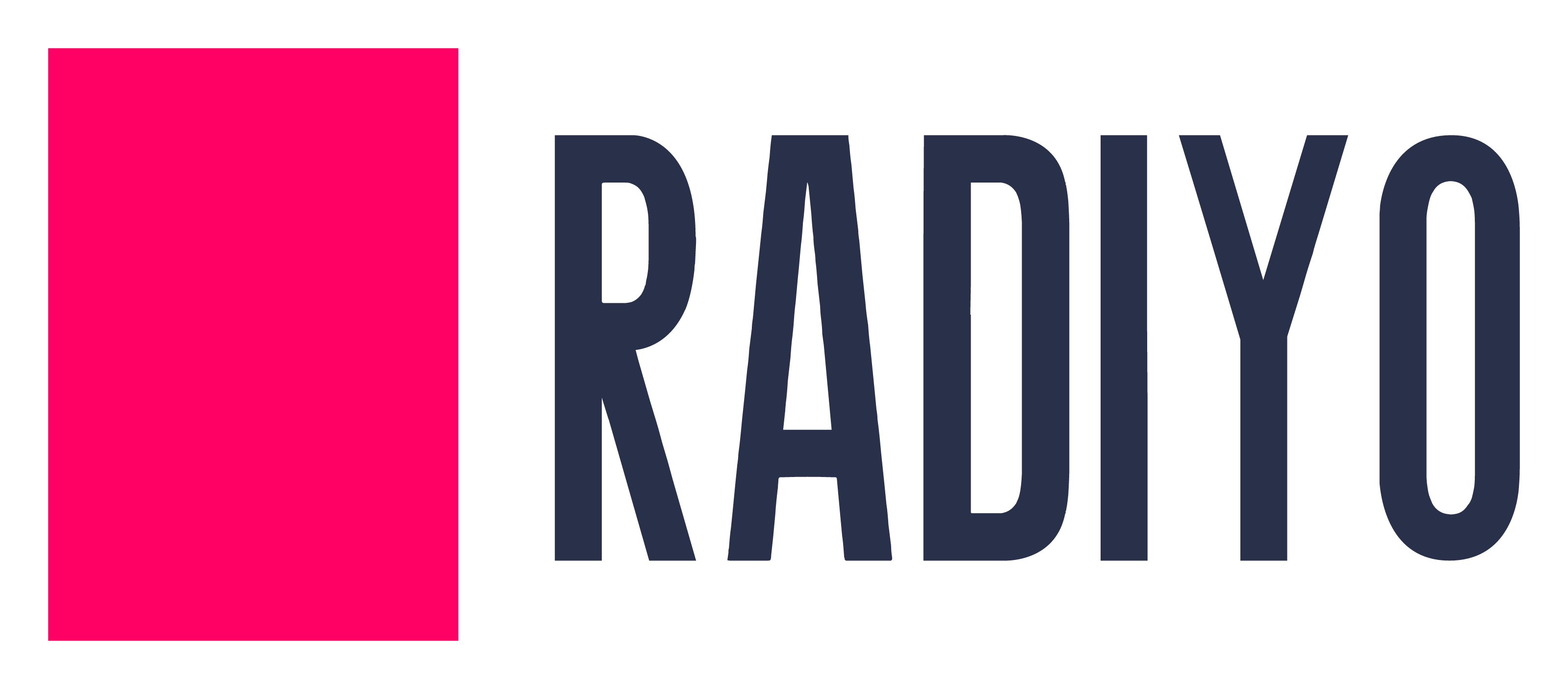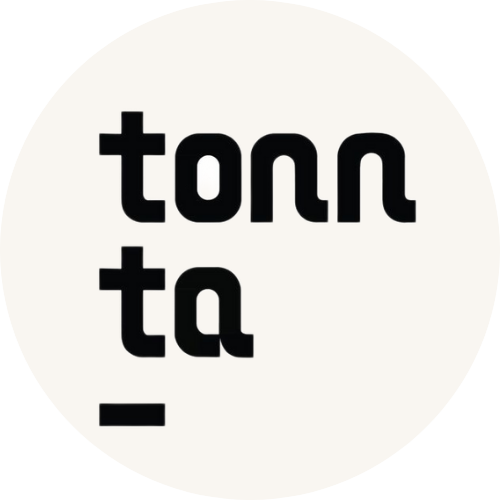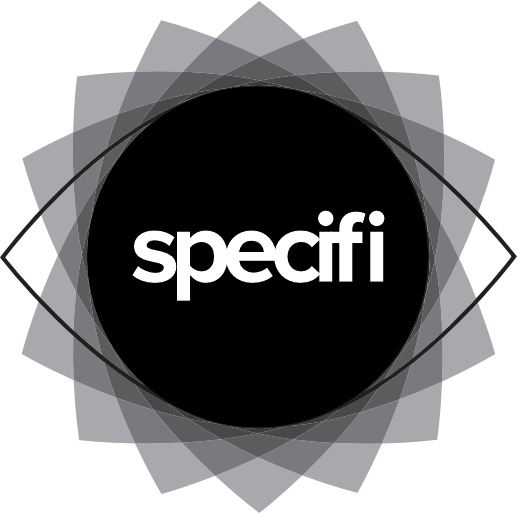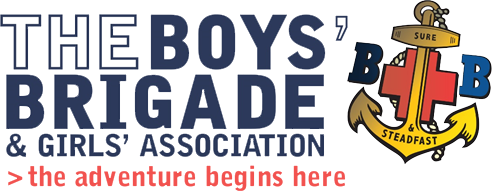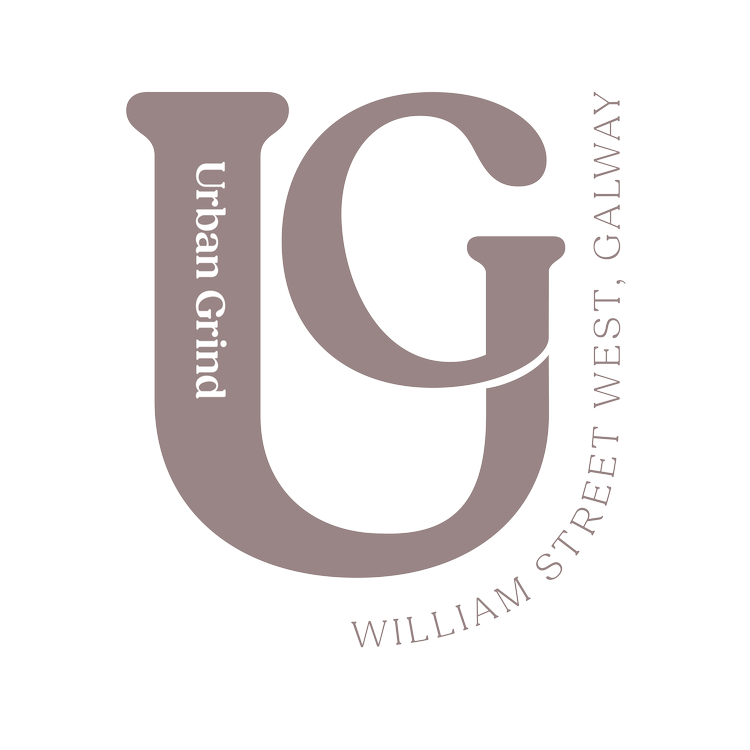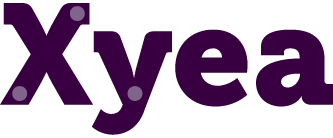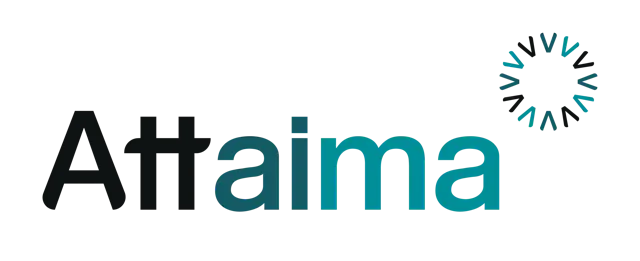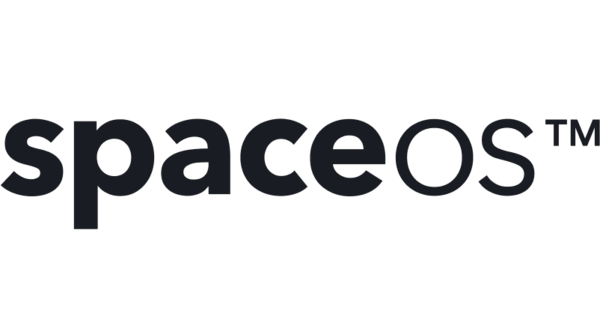Introduction
Ireland’s pension landscape is undergoing a significant transformation with the introduction of the Auto-Enrolment Retirement Savings System (AE). This new workplace pension scheme aims to increase pension coverage and retirement savings for employees not currently enrolled in a pension plan.
The AE system is a response to the low pension coverage in Ireland, where around 800,000 employees (over half of the workforce) do not have a workplace or personal pension scheme, leaving them reliant solely on the State Pension in retirement. This lack of supplementary pension savings could lead to a significant drop in income and standard of living for many retirees.
Quick Information
Ready to optimise your financial strategies?

Current Pension Landscape in Ireland
The introduction of the AE system comes at a time when Ireland’s pension landscape is undergoing significant changes. The implementation of the Institutions for Occupational Retirement Provision (IORP) directive has brought enhanced governance and internal control requirements for defined contribution pension schemes. As a result, the number of defined contribution schemes in Ireland is expected to fall from tens of thousands to less than 200 in a short period.
Additionally, the advent of master trusts, which allow multiple defined contribution pension schemes to operate within a single structure, is gaining traction in Ireland. Master trusts offer centralised governance, administration, and investment management, providing economies of scale and regulatory compliance.
An Improvement to Pension Scheme Participation Rates
The AE system is expected to significantly improve pension scheme participation rates in Ireland. Currently, pension coverage is lowest among younger workers, with only 31% of workers aged 20-24 having some form of pension coverage. However, the AE system will automatically enrol eligible employees aged 23-60, potentially increasing pension coverage for this age group.
Additionally, the AE system is designed to be an “opt-out” system, meaning employees will be automatically enrolled unless they actively choose to opt-out. This approach has been successful in increasing pension participation rates in other countries with similar systems.
Retiree Financial Security for Employees
The AE system aims to improve retirement financial security for employees by providing a supplementary retirement income for employees without existing pension plans, addressing the issue of over 750,000 Irish workers relying solely on the State Pension. With employer and state contributions, employees can accumulate a more substantial retirement fund than relying solely on their own contributions.
Example 1: An employee earning €20,000 per year would contribute €300 in the first three years, matched by the employer, and topped up by €100 from the government, resulting in €700 in annual retirement savings. By year 10, the total annual contribution would reach €2,800.
Example 2: A worker earning €35,000 per year and contributing 6% of their salary could accumulate a fund of €293,000 (excluding investment returns) through the AE system. Adding typical investment returns could see the fund grow to €583,000. This additional retirement income, combined with the State Pension, could significantly improve financial security in retirement.
What is the Eligibility for the Auto Enrolment Pension Scheme?
The auto-enrolment pension scheme will automatically enrol employees who meet the following criteria:
- Age between 23 and 60
- Earning more than €20,000 per year
- Not currently contributing to an occupational pension scheme through payroll
Employees who do not meet the age and income criteria can opt-in to the scheme if they are not already part of a pension plan. The Central Processing Authority (CPA), a new government body, will administer the scheme and determine eligibility for employees on probation, casual, or part-time work.
What is the Auto-Enrolment Pension Scheme Contribution Rates and Structure?
The AE system will automatically enrol eligible employees aged 23-60 earning over €20,000 annually, with opt-out provisions. Contributions will be phased in gradually, starting at 1.5% of gross earnings for employees and employers, and a 0.5% state top-up in the first three years. The contribution rates will increase every three years until reaching 6% for employees and employers, and a 2% state top-up by year 10.
Contribution Rates and Structure
| Years | Employee Contribution | Employer Contribution | Government Contribution | Total Contribution |
| 1 to 3 Years | 1.5% | 1.5% | 0.5% | 3.5% |
| 4 to 6 Years | 3% | 3% | 1% | 7% |
| 7 to 9 Years | 4.5% | 4.5% | 1.5% | 10.5% |
| 10 Plus Years | 6% | 6% | 2% | 14% |
The AE system is designed to supplement the State Pension and improve retirement financial security for employees. With employer and state contributions in addition to employee contributions, the AE system aims to provide a more substantial retirement income than the State Pension alone.
Contributions are calculated based on gross annual salary, with a cap of €80,000 for employer and government contributions. Employees earning over €80,000 can contribute more, but their employer and the government will not match contributions above this threshold.
Is there Opt-In, Opt-Out, and Portability in Auto-Enrolment Pension Scheme?
Employees must remain enrolled for at least 6 months after automatic enrolment. They can then opt-out or suspend contributions during months 7 and 8, receiving a refund of their contributions based on the rate change. After two years of opting out, employees will be automatically re-enrolled if still eligible.
The scheme operates on a “pot follows member” basis, allowing employees to retain their pension savings when changing jobs. This portability aims to encourage long-term retirement savings.
Considerations of Auto-Enrolment Pension Scheme Compared to Existing Pension Plans
Employers with existing occupational pension plans can continue to use their plans if they meet certain standards set by the government. However, the standards have not been defined yet, creating uncertainty for employers evaluating their options.
Employers should carefully evaluate the costs and benefits of participating in the auto-enrolment scheme versus their existing plans, considering factors such as contribution rates, tax implications, and administrative burdens. Effective employee communication and engagement will be crucial in guiding employees’ decisions.
It’s suggested that for most employers and employees, existing occupational pension plans may provide a better retirement solution than the auto-enrolment scheme. However, employers must obtain employee consent to enrol them in their existing plans; otherwise, employees will be automatically enrolled in the state’s central system.
5 Key Takeaways
- Ireland’s Auto-Enrolment Retirement Savings System (AE) set to launch in late 2024 is a new workplace pension scheme aims to increase retirement savings into a retirement savings system by automatically enrolling eligible employees who are not currently enrolled in a pension plan, with contributions from employees, employers, and the government.
- The AE system will automatically enrol eligible employees aged 23-60 earning over €20,000 annually, with opt-out provisions. Contributions will be phased in gradually, starting at 1.5% of gross earnings for employees and employers, and a 0.5% state top-up in the first three years.
- The AE system is designed to supplement the State Pension and improve retirement financial security for employees, with employer and state contributions in addition to employee contributions.
- The AE system aims to address the low pension coverage in Ireland, where around 800,000 employees (over half of the workforce) do not have a workplace or personal pension scheme, leaving them reliant solely on the State Pension in retirement.
- The scheme operates alongside existing occupational pension plans, allowing employers to use their own plans if they meet certain standards. Employers must carefully evaluate the costs and benefits of participating in the auto-enrolment scheme versus their existing plans.
Conclusion
Ireland’s Auto-Enrolment Retirement Savings System represents a significant step towards improving pension coverage and retirement financial security for employees. By automatically enrolling eligible employees and providing employer and state contributions, the AE system aims to address the low pension participation rates and potential income drop in retirement for many Irish workers. While the auto-enrolment pension scheme represents a significant step towards increasing retirement savings and providing supplementary income for workers without existing pension plans it aims to simplify enrolment and contribution processes, employers must carefully evaluate their options and potential costs associated with participating in the scheme or continuing with their existing plans.
Effective planning, budgeting, and employee communication will be crucial for employers to navigate the complexities of the auto-enrolment scheme and ensure their employees’ long-term financial well-being in retirement.
Though the implementation of the AE system is ambitious, with a targeted launch in late 2024, it is a crucial initiative in the evolving pension landscape in Ireland. As the country grapples with an aging population and the need for sustainable retirement savings, the AE system offers a comprehensive solution to ensure a more secure financial future for retirees.
Sources
- GOV.ie – Auto-enrolment – frequently asked questions (FAQ’s)
- GOV.ie – Auto-enrolment
- GOV.ie The Design Principles for Ireland’s Automatic Enrolment Retirement Savings System
- OECD – Pensions at a Glance 2023
- CSO.ie – Key Findings Pension Coverage 2022
- Citizen Information – Auto-enrolment
- The Irish Times – The pension landscape in Ireland is evolving rapidly. How well up on the new changes are you?





















